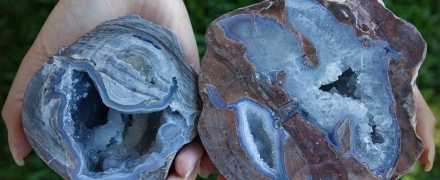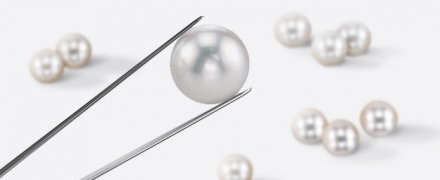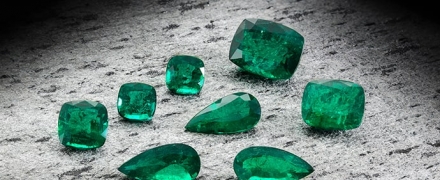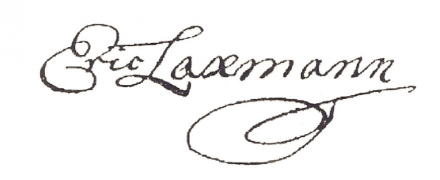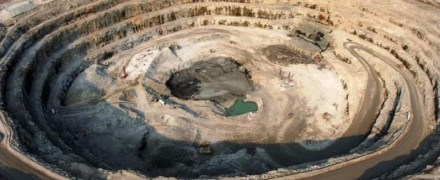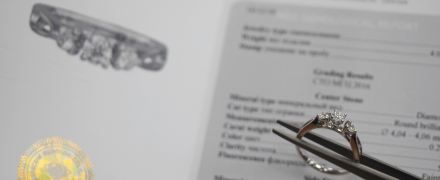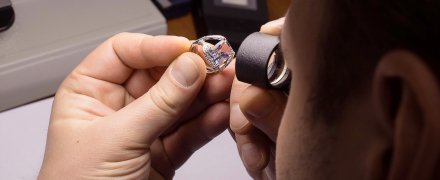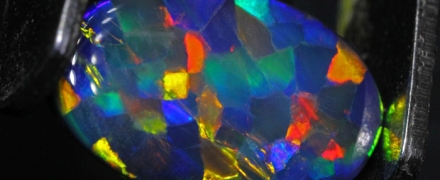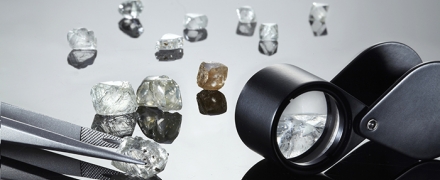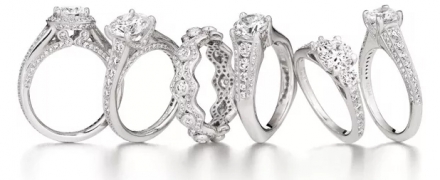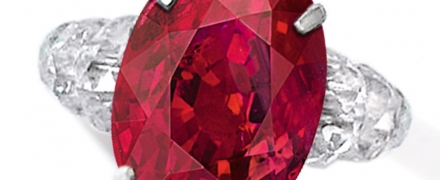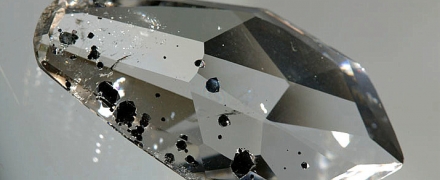open 10 am - 7 pm
laboratory is closed
Fossil Resin Classification
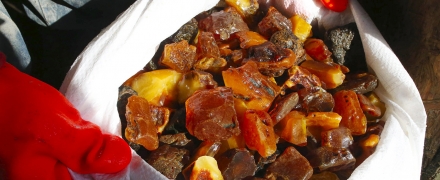
All deposits of fossilized fossilized resins are of exogenous origin, that is, are associated with factors of geological processes acting on the Earth's surface and in the upper layers of the lithosphere. Moreover, under the terms of deposition and fossilization, there are:
- primary deposits (biogenic sedimentary);
- secondary deposits (alluvial deposits associated with the redeposition of fossil resins outside their place of formation).
Primary deposits are represented by a biogenic sedimentary genetic class. The deposits are composed of layers and lenses of amber-bearing coals, carbonaceous shales, as well as carbon-containing gravelites, sandstones, siltstones and shales containing nodules and individual grains of fossil resins. Some of these deposits at different time periods were of independent industrial importance.
This class of deposits includes most of the manifestations of rumenite in the Carpathian amber-bearing sub-province, deposits and manifestations of fossil resins of the North Siberian, Far Eastern and Sicilian sub-provinces of the Eurasian amber-bearing province. As well as fossil resins from a number of deposits in the North American and Mexican sub-provinces of the American Amber Province and some from the deposits of the Antilles-Caribbean Amber Province.
Most of the primary deposits are either not developed on an ongoing basis, or production is carried out along with the extraction of fossil fuels. The disadvantage of most of these deposits is the joint occurrence of amber-like and retinite-like resins, and fossils are also common in the deposits of the American Amber Province, namely in the deposits of Mexico, the south of the United States and in the deposits of the Antilles-Caribbean Amber Province (Haiti Island), and fossils.
Secondary deposits represented by placers are of the greatest interest for industrial mining.
Among the deposits of the placer genetic class are:
- placers of an alluvial genetic type, composed of sands and sand-gravel-pebble deposits, with fossil resins in the form of clastic material dispersed in alluvium. This type includes a number of deposits in the North-Siberian and Baltic-Dnieper sub-provinces of the Eurasian Amber Province and the North American sub-province of the American Amber Province. Deposits of this type are worked out, as a rule, periodically.
- placers of the coastal-marine genetic type, represented by lagoon-delta and beach placers. Amber layers in deposits of this type are composed of clay and sand-clay rocks containing individual grains and nodules of fossil resins. This type of deposits is the main source of amber and other fossil resins, it includes the main deposits of the Baltic Sea countries, Belarus and Ukraine, as well as Burma, Haiti.
- The placers of the glacial-lake genetic type are composed of fluvioglacial sand-clay and clay deposits with scattered fragments of fossil resins. Deposits of this type are of very little importance in the global production of amber and are known in Belarus, Ukraine, Poland and Germany, where the Stubbenfeld deposit is best studied.


